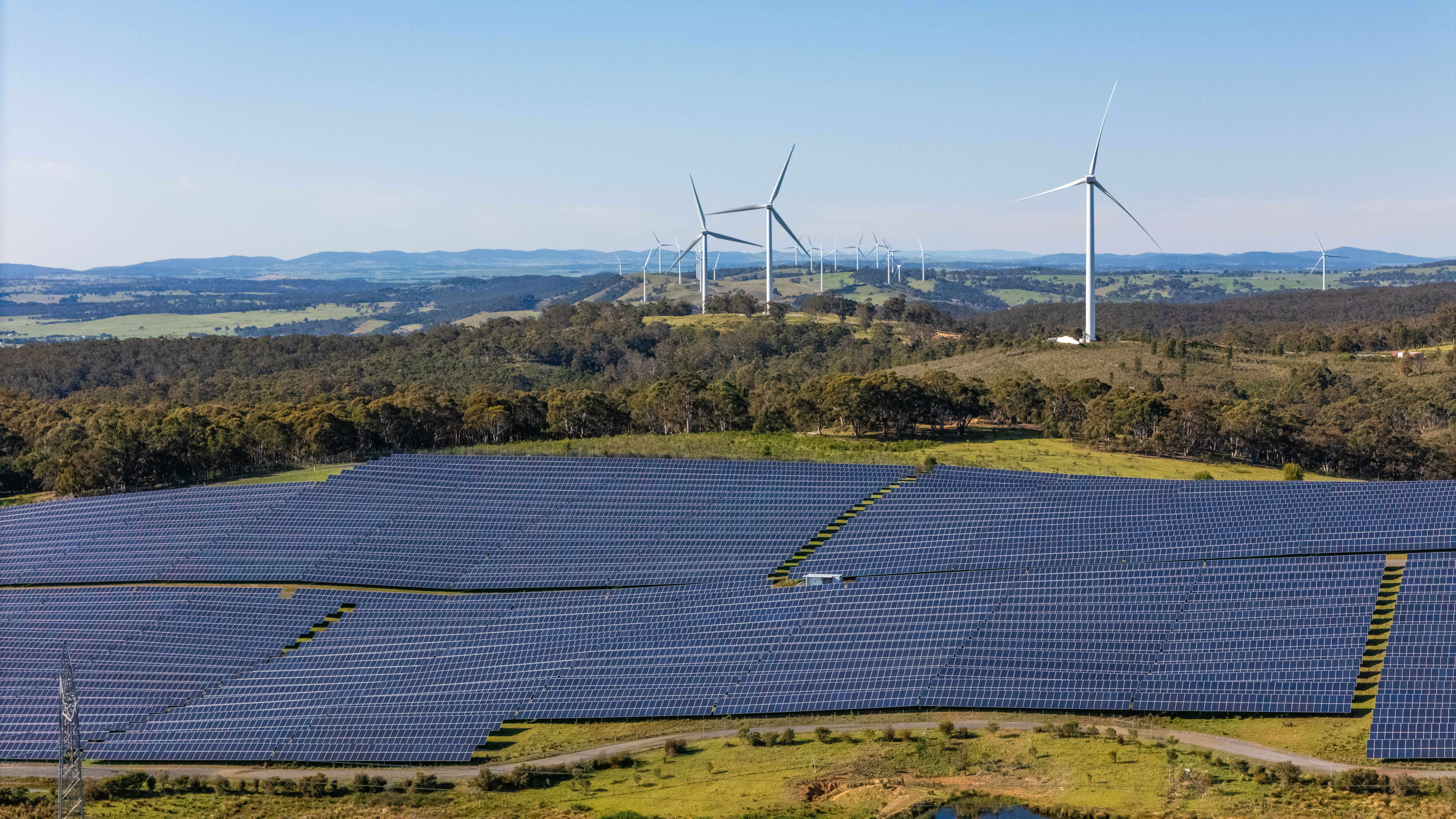Our global High Ambition pathway shows a 39-43% reduction in total greenhouse gas (GHG) emissions (including Land Use, Land Use Change and Forestry (LULUCF)) from 2023 levels by 2035. Global emissions are increasing, rising over 57% from 1990 to 2023. The power sector is the largest source of emissions globally, followed by methane and transportation CO2, making mitigation in these sectors critical to reach ambitious climate goals. To achieve the High Ambition 2035 target, key mitigation strategies include: electricity decarbonization through renewable deployment; reduction in fossil power; and methane abatement across all sectors.
2035 Target: Total GHG Emissions Reductions
via CGS High Ambition Pathways
-39 to -43%
Relative to NDC Base Year
2023
Official 2035 NDC target
n/a
Official 2030 NDC target
n/a
Net zero target
n/a
Emission Pathways
Our results suggest that a High Ambition pathway can achieve a 39-43% global GHG reduction by 2035 from 2023 levels. Under this pathway, emissions decline significantly through 2050, reaching just below 10 GtCO2e in 2050. This pathway to net-zero CO2 around 2050, combined with targeted non-CO2 abatement, would result in a peak temperature of 1.7°C. Limiting warming to 1.5°C or as close to it as possible is critical, as reducing peak temperature after overshoot is highly uncertain.5 Under a Current Policies pathway, the global GHG reduces by 2-10% by 2035 from 2023 levels.
Global GHG emissions, including LULUCF, increased by 57% from 1990 to 2023. In 2022, most emissions came from the power sector (23%), followed by methane (21%), transportation (15%), and other energy supply (17%).1,3 Electricity generation, through a tenfold increase in wind and solar capacity and a 50% reduction in unabated fossil power, will be the largest CO2 emissions reducer under our High Ambition pathway. Methane abatement across sectors could also play a significant role, reducing global methane emissions by 35%, contributing to nearly 40% of total GHG reductions by 2035.
The global High Ambition pathway reflects High Ambition country-specific scenarios for 12 countries that incorporate each country’s contexts and circumstances for delivering decisive, accelerated action beyond current trends. The rest of the world is based on the GCAM Net Zero 2050 scenario from the NGFS 2024 release (see Resources page for information on scenarios).4
These trends resulted from a combination of historical emissions, development stage, economic structure, resource endowment, technological and institutional capacity, and other country-specific factors that influence mitigation potential over the coming decade. The following table (Table 1) summarizes the High Ambition pathways for G20 countries, which play a key role in determining global trends.
Table 1. Total GHG Emissions Reductions by 2035 for the G20 Countries and Globally Under the High Ambition Pathways
aEstimated peak year based on PRIMAP historical data, total GHG emissions including LULUCF.
bRelative to official peak year NDC announcement. Official NDC to be submitted.
cEstimated peak year based on the High Ambition scenario, total GHG emissions excluding LULUCF.
dIn its 2035 NDC, Indonesia commits to limiting its GHG emissions to 1258-1489 MtCO2eq by 2035.9 This represents a 10-30% increase from 2019 levels, according to net emissions values presented in 2035 NDC.9
eDraft NDC announcement.
fThe net-zero target is not included in the official NDC but is mentioned in other official documents and announcements.
gThe 2035 NDC commits to achieve GHG emissions equivalent to 65–67% of 1990 levels.
hIn its 2035 NDC, South Africa commits to limiting its GHG emissions to 320-380 MtCO2eq by 2035.10 This represents a 13-26% reduction from 2022 levels, according to National Inventory.11
iIn its 2035 NDC announcement, Turkiye commits to limiting its GHG emissions to 643 MtCO2eq by 2035.7 This represents a 28% increase from 2022 levels, according to National Inventory.8
jUsing nationally reported historical data from the US Environmental Protection Agency (EPA).6
Citations
- Gütschow, J., Pflüger, M. & Busch, D. The PRIMAP-hist national historical emissions time series (1750-2023) v2.6.1. Zenodo
https://doi.org/10.5281/zenodo.15016289 (2025). - Ember. Electricity Data Explorer - Open Source Global Electricity Data.
https://ember-climate.org/data/data-tools/data-explorer/ (2024). - Hoesly, R. et al. CEDS v_2025_03_18 Gridded Data 0.5 degree. Zenodo (2025).
- NGFS. NGFS Climate Scenarios for Central Banks and Supervisors - Phase V. The Central Banks and Supervisors Network for Greening the Financial System (NGFS) (2024).
- Rogelj, J. & Rajamani, L. The pursuit of 1.5°C endures as a legal and ethical imperative in a changing world. Science 389, 238–240 (2025).
- U.S. Environmental Protection Agency. Inventory of U.S. Greenhouse Gas Emissions and Sinks.
https://www.epa.gov/ghgemissions/inventory-us-greenhouse-gas-emissions-and-sinks (2025). - United Nations in Türkiye. New national climate plans unveiled at high-level summit ahead of COP30 conference. United Nations (UN)
https://turkiye.un.org/en/302207-new-national-climate-plans-unveiled-high-level-summit-ahead-cop30-conference (2025). - TURKSTAT. Turkish Greenhouse Gas Inventory 1990-2022: National Inventory Document for Submission under the United Nations Framework Convention on Climate Change.
https://unfccc.int/sites/default/files/resource/TUR_NID_2024.pdf (2024). - Republic of Indonesia. Second Nationally Determined Contribution. (2025).
- Republic of South Africa. South Africa’s Second Nationally Determined Contribution under the Paris Agreement. (2025).
- Republic of South Africa. National GHG Inventory Report. South Africa 2000-2022. Government Gazette (Staatskoerant) 707, 50607 (2024).
